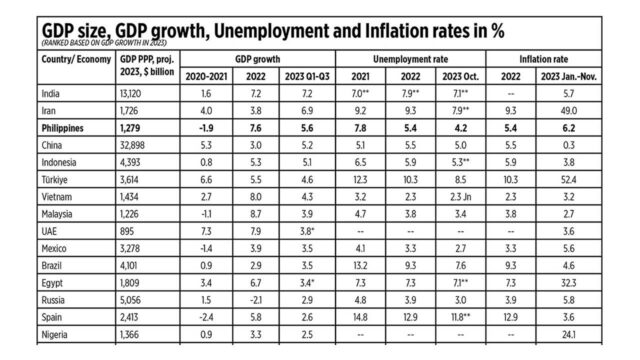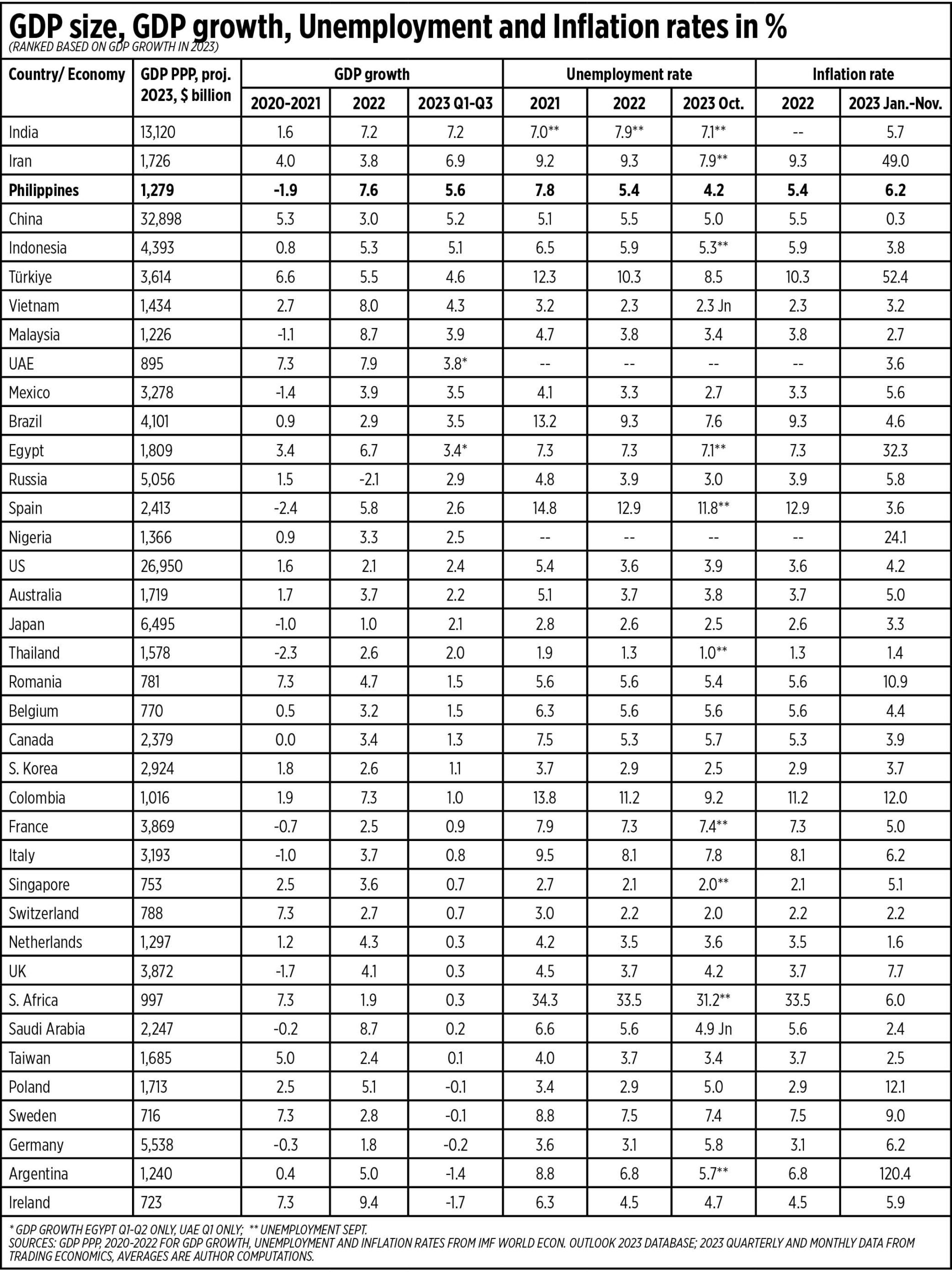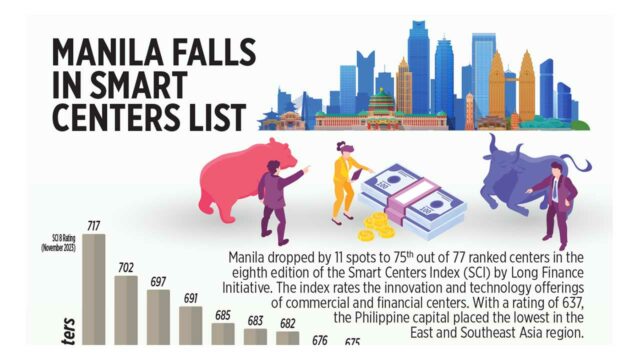Metro Manila Film Festival 2023: An ambitious mythology-based horror
Movie Review
Mallari
Directed by Derick Cabrido
MTRCB Rating: R-13
By Brontë H. Lacsamana, Reporter
LOVE is a curse. This is what this overly complicated horror film boils down to after its promising concept, centered on the Philippines’ first documented serial killer who is a priest, is injected with steroids of multiple ideas.
Mallari refers not just to the surname of 19th-century priest Severino Mallari, but also to his family’s lineage of time travelers: 1940s documentarist Johnrey Mallari and the present-day main character Jonathan Mallari de Dios. The two go back in time to uncover the secrets of the mythical family curse.
Surprised by that summary? You should be, seeing as it is way too much plot to wade through. But it at least utilizes the acting prowess of Piolo Pascual, who plays all three Mallaris. Blood-soaked, long-haired priest? Headstrong wartime documentarist? Lovelorn doctor? He did it all.
Director Derick Cabrido and screenwriter Enrico C. Santos really ran with it, inspired by true events, but even more inspired by tropes of all sorts. The movie spans thriller, sci-fi, folklore, historical, romance, even family drama genres. Many interesting threads woven together, sure, but the design of this script could have been less busy so we could appreciate each one.
(Warning: spoilers ahead.)
For example, there could have been more of a story behind the dark magic stuff so that it would be less of a twist in the final act and more of a creepy world long hidden in the shadows. Also, since Fr. Mallari is a priest, a peek into the social climate of a church-centered 1800s provincial town would have been interesting (though there is already Gomburza in the MMFF lineup to scratch that itch).
It just feels wasted that Pampanga during the Spanish occupation felt like just another setting. Meanwhile, modern-day Pampanga was filled with cringey unnecessary details like a quippy anti-woke priest and a trans prankster TikTok influencer-slash-sex worker (yes, their scenes are as bad as you think).
This is a horror movie with decent visuals, so you’d think the scares should at least be good too. But no, they’re all cheap jump scares carried by a loud, screeching score or sound that don’t have any bearing on the plot except to torment the lead characters and the audience. Being in a packed theater contributes to the viewing experience in this regard, especially if people are really into it and screaming at the right parts, like this writer experienced.
None of it sticks, though. Nothing particularly creeps you out thinking back on the film. Its impact is thanks in large part to the solid cast led by Pascual, and a minor role played by JC Santos.
Tying three generations of Mallaris is not a bad idea per se. Time-traveling shown in vignettes for viewers to piece together along with the characters must be unbelievably hard, so it deserves creative points for that. It is just that cooking up an origin story for the first documented Filipino serial killer, who happens to be a small-town priest, presents an embarrassment of riches when it comes to narrative possibilities.
Turning to time travel shenanigans was a bold choice, leading to lore in various time periods all barely fleshed out. We barely learn anything new about the historical serial killer. An abusive haciendero is killed and nothing else is heard about that particular social struggle. The mini documentary rejected by the Americans in light of the Hukbalahaps’ crusade was nothing but candy sprinkles. There is no distinguishable reason for why one is cursed to be a manananggal versus any other aswang. The moon is always red. Why? Who knows.
Aside from a particularly bad CGI scene, this could have been a decent technical feat for the Philippine horror genre. It presents itself as an exploration of various genres and worlds, but barely dips its toes in any of them. If only it were more focused.














